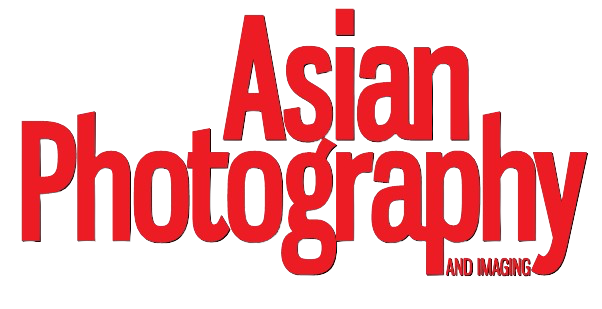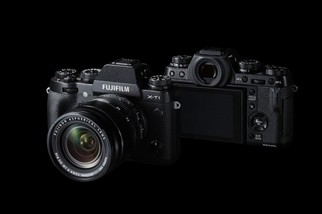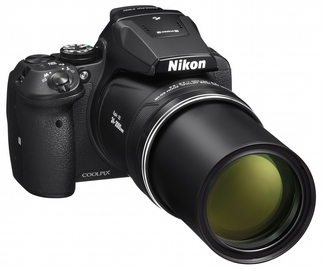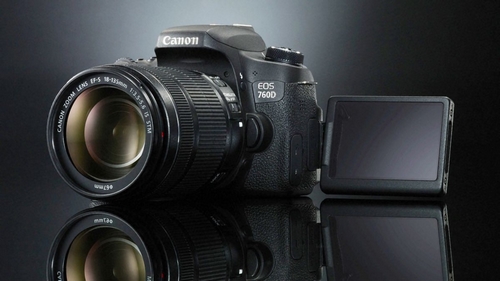In the last few years, OnePlus has
really cemented its place in the minds of the consumer as a brand
that offers the best specs at a very affordable price. But for many,
the brand has become a beacon of innovation and the boundaries that
they are constantly challenging. Whether it is their dash charger, or
now the fingerprint sensor under the screen, they have truly been
innovating in the smartphone industry. And with the OnePlus 6T they
haven’t disappointed.
Every year the T version of the phone
comes out, which is an upgrade in terms of the specs, but this year
there is a serious upgradation to the phone which is beyond just a
specs bump. The phone is available in the 3 variants as usual – 6GB
RAM + 128GB storage – Rs 37,999 , 8GB RAM + 128GB storage – Rs 40,999
and
8GB RAM + 256GB storage – Rs 44,999.
There is no 64GB version this time.
So what really are the changes that the
6T has introduced as compared to the 6?
Water drop notch
The first is the water-drop notch as
they call it. The notch now is less intrusive and also gives you a
very immersive experience to your phone. But with the new design the
front side of the camera has seen a redesign in many ways. For
instance, the camera is the only part that is featured here and the
speaker has moved further up on the bezel. The design though is nice
and it gives a much better experience when you are surfing the
Internet and also watching videos compared to the OnePlus 6.
The phone is bigger
The 6T is now slightly bigger in terms
of size as compared to the 6 and features a 6.41-inch screen. The
bottom bezels have been pushed back a little in order to make the
screen much bigger. But this also means that the phone has become
more heavier and slightly bulkier than the 6.
But the change can’t just be attributed
to some of these cosmetic changes. There is a lot that has changed
under the hood as well. Like the phone now features a bigger battery
with a 3700 mAh capacity as compared to the 3300mAh in the OnePlus 6.
Which is great since the 6 already had a good battery life and now it
has gotten much better with the 6T. And the Dash fast charging
indeed makes life a bit easier.
No headphone jack
With the battery being bigger and more
powerful, the headphone jack has been completely ditched this time.
This isn’t much of a surprise to me honestly since the company
moved to the wireless bullet headphones last year, it was evident
that at some point of time this was going to happen. And this means
that now you get an apple like USB-C connector for your headphones in
the box.
And Oneplus has said that it was
because of the bigger battery that they couldn’t have the headphone
jack in the phone.
Finger print sensor
Now that the headphone jack is out of
the way,the 6T also becomes the first OnePlus to use the fingerprint
sensor under its screen. This means that the sensor from the back is
gone and this makes the design look really beautiful and clean as
compared to the 6. Personally I am not a big fan of the fingerprint
reader on the back. Its just makes the design look very congested.
The finger print sensor has 3 new
animations when you try and unlock the phone and I really wish these
would’ve been better. In terms of performance, the fingerprint
sensor works all right. It’s definitely not as fast as the one on
the back of the 6. But as a first attempt, it is pretty good. And
more importantly, it is innovating and gives something new to the
user. You can still unlock the phone using the Face Unlock feature
which continues to run pretty fast.
Camera Performance
There is no difference between the
cameras of the 6 and the 6T. They feature the exact same cameras on
the back, which are the 16-megapixel and 20-megapixel f/1.7 cameras.
Usually the cameras in every smartphone works with a combination of
hardware and software and in the 6T the performance of the camera is
enhanced with software advancement.
A new feature called “Nightscape”,
is part of the camera app now and that makes the pictures less blurry
in low-light which works in combination with software. And if you are
a OnePlus 6 user then fear not, this feature will be available as
part of a free software upgrade for you as well.
In terms of the performance this
feature didn’t make much of a difference to the pictures that we
shot. Yes, the images very slightly less blurry but the fact that you
have to hold the phone still for a very long time for the images to
get captured, isn’t really the best experience. In the images that we
have shot we have clicked the images with and without the software
update. We have a OnePlus 6 which we have updated to the new release
and it doesn’t have a night mode. And you can tell the slight
difference in the images.
The camera also comes with the studio
lighting and OnePlus says that in the 6t, it has made an effort to
make the images much more true to life and neutral in nature. There
is also a studio lighting feature now which is supposed to give a
more even light to the images that you click, especially in the
selfie mode.
It’s fast, really fast
One of the best things that I like
about the OnePlus phones is that it gives you a near stock android
performance. And the 6t is also the same. It’s powered with the
Andriod Pie version and as usual it performs super fast. I also like
the new navigation gestures in the phone and also the new about
screen menu, which is a refreshing change since it gives all the info
in a much more organised manner.
The performance of the phone is really
quick and is very seamless with the new update. You can toggle
between apps super fast and also move around a lot.
Conclusion
So what are my overall thoughts about
the phone? In simple words, it truly is amazing. It’s fast,
innovative, and gives you a great performance. It has taken all the
good things it did with the 6 and has added substantial upgrades to
the phone. Yes there is no headphone jack, but I think you should be
used to it by now because all the smartphones might move in the
similar direction in future. And the best part is that the company
has stuck to their smart pricing principles and has placed 6t in a
very accessible place , by just increasing the price slightly.
So if you are a OnePlus 6 user and have
that extra cash to spare then it might as well be an upgrade, that is
worth it. But if you are a new user and are looking to buy an android
phone then the OnePlus 6 is definitely the phone for you.








.jpg)
.jpg)
















